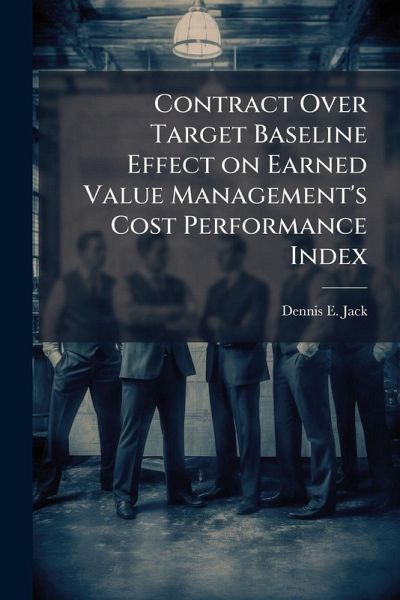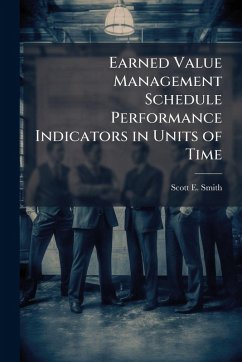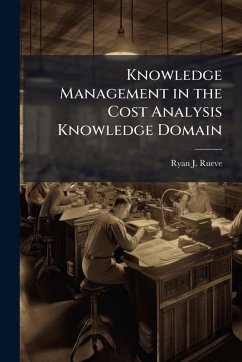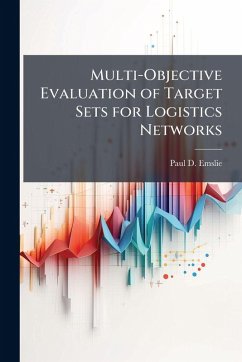
Contract Over Target Baseline Effect on Earned Value Management's Cost Performance Index

PAYBACK Punkte
8 °P sammeln!
Cost growth is a problem in U.S. Department of Defense (DoD) acquisitions. A particular component of cost growth is a cost overrun or Over Target Baseline (OTB). In 2009, Trahan found that the Gompertz growth curve better predicted program Estimates at Completion (EAC) for OTB contracts. In 2010, Thickstun studied "the relationships between overruns and a variety of factors," but found OTB occurrences "random" and questioned the benefit of the OTB process (Thickstun, 2010). In this research, we study OTB's ability to effect improved program cost performance; we examine OTB's effect on the cumu...
Cost growth is a problem in U.S. Department of Defense (DoD) acquisitions. A particular component of cost growth is a cost overrun or Over Target Baseline (OTB). In 2009, Trahan found that the Gompertz growth curve better predicted program Estimates at Completion (EAC) for OTB contracts. In 2010, Thickstun studied "the relationships between overruns and a variety of factors," but found OTB occurrences "random" and questioned the benefit of the OTB process (Thickstun, 2010). In this research, we study OTB's ability to effect improved program cost performance; we examine OTB's effect on the cumulative Cost Performance Index (CPI) slope after an OTB intervention. We find there is no statistically significant change in cumulative CPI slope after OTB. For the data studied, an OTB investment does not significantly improve management's ability to earn cost value as reflected in the cumulative CPI slope. This work has been selected by scholars as being culturally important, and is part of the knowledge base of civilization as we know it. This work was reproduced from the original artifact, and remains as true to the original work as possible. Therefore, you will see the original copyright references, library stamps (as most of these works have been housed in our most important libraries around the world), and other notations in the work. This work is in the public domain in the United States of America, and possibly other nations. Within the United States, you may freely copy and distribute this work, as no entity (individual or corporate) has a copyright on the body of the work. As a reproduction of a historical artifact, this work may contain missing or blurred pages, poor pictures, errant marks, etc. Scholars believe, and we concur, that this work is important enough to be preserved, reproduced, and made generally available to the public. We appreciate your support of the preservation process, and thank you for being an important part of keeping this knowledge alive and relevant.












